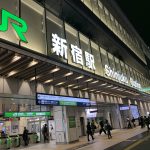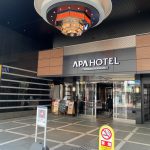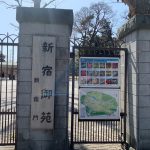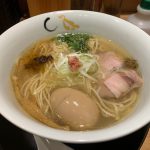Meiji Jingu Baseball Stadium is the home of the Tokyo Yakult Swallows of the Central League of professional baseball. Meiji Jingu Stadium is also famous as the stadium for the Tokyo Big6 University Baseball League for a long time.
Getting to the Stadium
The train is the most common way to get to Meiji Jingu Stadium. The location is like being in the center of Tokyo. The nearest stations to Meiji Jingu Stadium are "Sendagaya Station" or "Shinanomachi Station" on the JR Sobu Line and "Gaienmae Station" on the Ginza Subway Line.
You will not see the stadium from where you get off at any of these stations, so please check the map on your phone or other devices as you make your way to the stadium. If you walk from JR Sendagaya Station, you can walk next to the National Stadium, which was newly built for the 2020 Tokyo Olympics, to get to the stadium. The distance to the stadium seems to be slightly closer from JR Shinanomachi station.
The major stations along the JR Sobu Line are Shinjuku Station or Akihabara Station, and the Ginza Subway Line is Shibuya Station, Shinbashi Station, and Ueno/Asakusa Station.
Jingu Gaien
Meiji Jingu Gaien is the outer garden of the Meiji Jingu Shrine. It is a park where you can enjoy the Seitoku(Meiji) Memorial Picture Gallery, built in 1926, as well as Meiji Jingu Stadium, various sports facilities, and nature every season. We recommend taking a walk around the park before or after the game.
Meiji Jingu Gaien Official Website
About the Stadium
Location: 3-1 Kasumigaokamachi, Shinjuku-ku, Tokyo,
Capacity: 35,650
Home Team: Tokyo Yakult Swallows
Dugout: 1B | Swallows, 3B | Visiting team
Opened: October 23, 1926
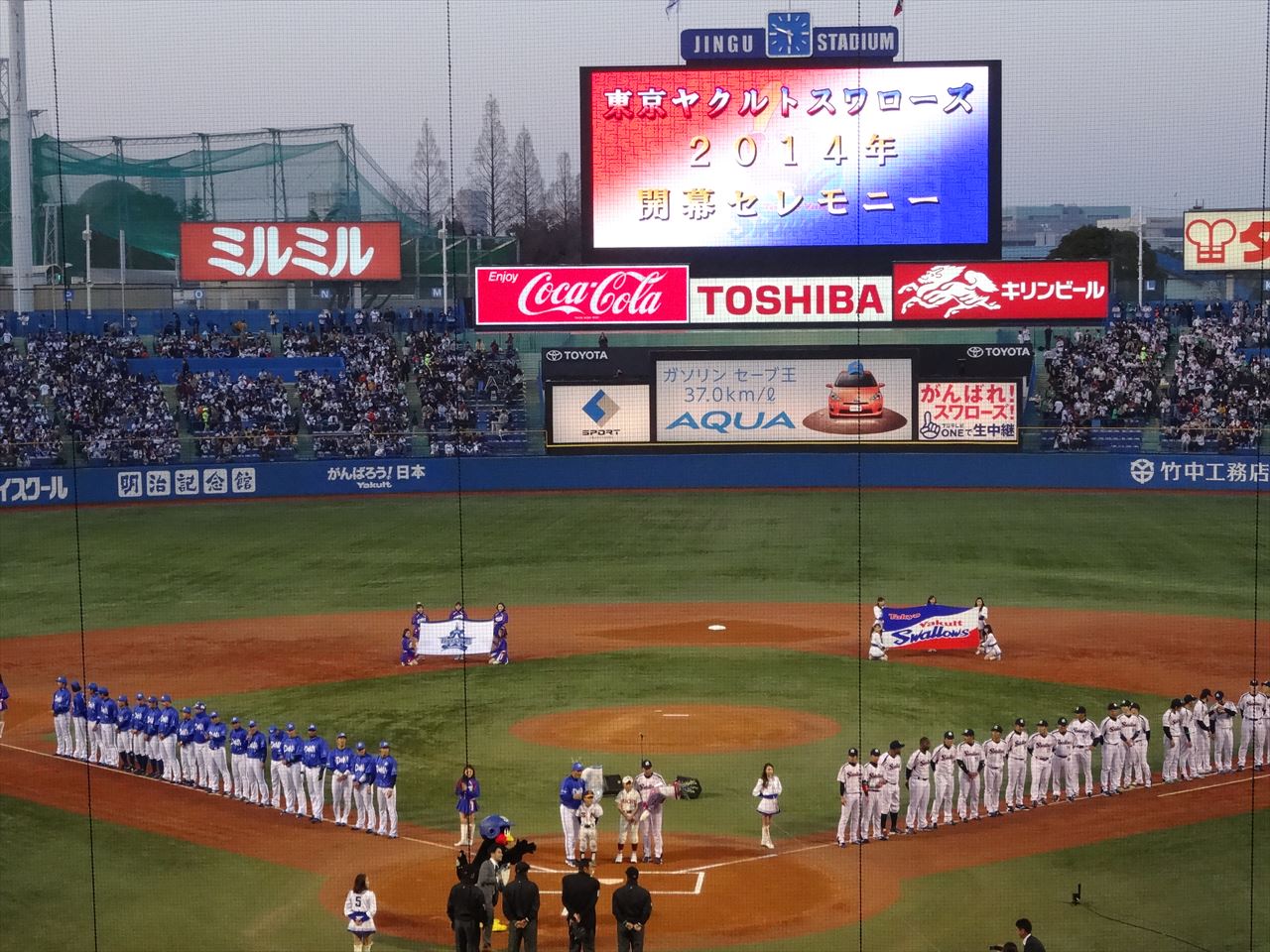
Basic Information
Permitted & Prohibited items
Large bags such as backpacks are not allowed at major league and professional sports games in the U.S., but backpacks are allowed at most Japanese professional sports games.
There will be a bag check at the entrance.
Cans, bottles, firearms and swords, hazardous materials, pets (except for service dogs), etc., are prohibited. Plastic bottles are allowed to bring into Meiji Jingu Stadium. Some stadiums do not allow plastic water bottles and food and drinks from outside the stadium.
Gates/Opening Time
For Yakult Swallows games:
All gates open 90 minutes prior to the start of the scheduled first pitch. Gate times are subject to change without notice.
Re-Entry
Re-entry is allowed. When re-entering, you will need your ticket and the black light stamp that will be given when you leave the stadium.
Explore Tokyo
Travel Tips & Information
Here is the basic information about Tokyo as a reference for planning your trip.
In a big city like Tokyo, there are just too many options for transportation, hotels, sightseeing attractions, restaurants, and so on. If you let us help you, we can suggest some travel plans that suit your purpose, taste, and budget. Please feel free to contact us.
We have divided the venues in Tokyo into areas to present them to you regionally, but when it comes to getting around within the 23 wards of Tokyo, no matter where you are staying, it is relatively easy to get anywhere. The Yamanote Line loops through the Tokyo metropolitan area, the Chuo and Sobu Lines run east-west, and the Keihin-Tohoku Line runs north-south. Subways and private railways also cover the entire 23 wards of Tokyo, making it very convenient. It is a good idea to use a smartphone to look up transit information as you move around.
2. "Where to Stay" in the Tokyo 23 Special Ward Area:
Shibuya, Shinjuku, Chuo, Chiyoda, Bunkyo, Minato
This area is the heart of Tokyo. There is a large selection of hotels, from luxurious hotels to business hotels, so you can choose the one that best suits your needs. Hotels in this area are relatively expensive compared to the rest of Tokyo's 23 wards.
There are so many things to do and see in Tokyo, especially in this area, that it's hard to narrow it down to just a few. The Meiji Shrine, Harajuku, Shibuya Crossing, Shinjuku Gyoen, Imperial Place, Ginza, and many other places are worth visiting.
Japan is a rainy country. Also, depending on the season and weekends, tourist spots in Tokyo and the suburbs can be crowded with people. So, it is a good idea to have a second plan for such situations so that you can enjoy sightseeing without wasting time. Especially if you plan to go sightseeing and the game, it is essential to have a smooth schedule.
There is an unbelievable number of restaurants in Tokyo. So it depends on what you want to eat. We can't possibly recommend all of them, so you may want to do your own Internet search or ask your hotel concierge for recommendations. Of course, we can also suggest an itinerary that includes restaurants to suit your tastes. Please feel free to contact us.


